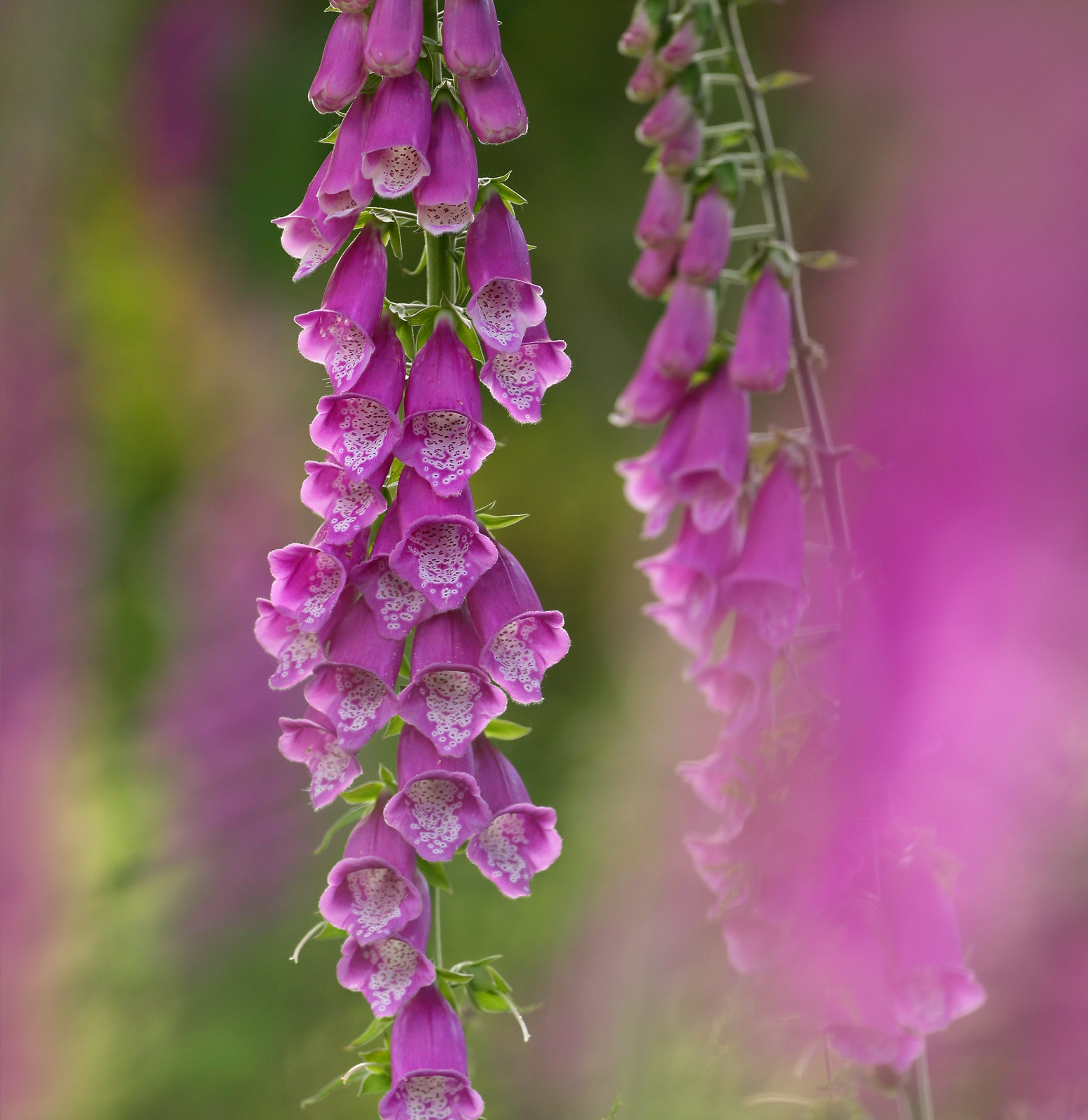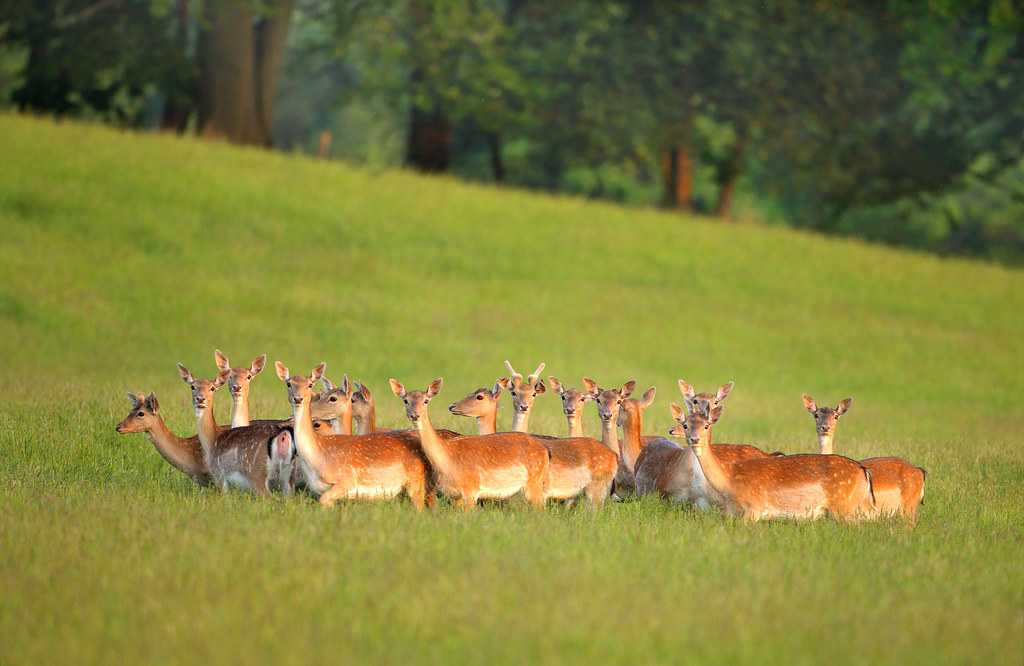The Hidden Life of a Sussex Woodland
I've been visiting a heavily wooded area on the High Weald, in West Sussex for several years. Centuries ago, the area was a single forest, but over time, the land has been divided into smaller woodlands, each owned by different people. Fortunately, I've been given unrestricted access throughout the year by the landowners. The woodlands are very rich in animal and plant life. Much more so than any wooded area on the South Downs. Acidic soils seem to support a greater variety of trees, plants and fungi. In turn, the land can support more animal species.
I feel very privileged to enjoy access to privately owned forests, as I can produce unique imagery and keep it that way. I would have to travel much further afield, to the New Forest to enjoy woodlands on the same parity. As someone who relies on trains and buses to get about, this would be rather difficult. The photographs on this page amount to 18 visits or 120 hours work. I must have visited around 50 times in total, counting the occasions where my photos were of an unacceptable standard or worse, no photo opportunities were possible at all.
I feel very privileged to enjoy access to privately owned forests, as I can produce unique imagery and keep it that way. I would have to travel much further afield, to the New Forest to enjoy woodlands on the same parity. As someone who relies on trains and buses to get about, this would be rather difficult. The photographs on this page amount to 18 visits or 120 hours work. I must have visited around 50 times in total, counting the occasions where my photos were of an unacceptable standard or worse, no photo opportunities were possible at all.


Large herds of non-native Fallow deer roam the forests. Landowners are divided about Fallow deer. All appreciate their beauty, but some would prefer to fence off their woodlands, to allow the planting of commercial trees. Getting close enough is about being in the right place at the right time, as much as skill. I was lucky enough to catch five in almost identical poses. I could live another 50 years and not be this lucky again.

This part of the forest is stunningly beautiful to the eye, but very hard to photograph, as it is difficult to find a sufficiently elevated vantage point to create a working composition. The valley location means that the sun drops off by about 7pm. Side lighting at 6.30pm brought this bluebells scene to life on a warm spring evening.

The bluebells in this woodland are always late to flower compared to other locations. After the cold winter of 2012/13, they were in flower well into June. In most years, however, they peak in early to mid-May. This particular abstract shot was taken at ground level, using a 500mm lens. The next four photos — uncoiling ferns, developed ferns and foxgloves — were also taken using this lens for maximum effect. Only six images on this page were taken on a different lens.







I've
become relatively good at spotting Roe deer out of the corner of my eye,
even if the deer is hiding in thick undergrowth. When I saw this buck, I
had to adjust my perspective slightly, as a fern was obscuring his
face. The buck darted off shortly afterwards. I could hear his bark for
several minutes.



The glimpse of a Muntjac deer lead me into a small woodland off a country lane and to this female Roe deer. I was on my way home after spending time in a larger, neighbouring woodland and felt thrilled at this encounter. It may have been late July, but everything was still very lush, owing to a cool, wet June. But the temperature was 30°C on this day and the heat meant the deer lacked the energy to run off.


This is a very natural photo of a wild Roe deer simply going about its business in the forest. She never noticed me and the picture is all the better for it. Six photos on this page were taken along the same 200 metre stretch, making it one of the most productive locations in the area.



The plane in the distance had just taken off from Gatwick Airport. Torrential rain and thunderstorms impeded my deer stalking activities throughout the evening, although I did get one satisfying image of Fallow deer (see previous image). My soaked trousers wicked rainwater straight into my boots and horseflies somehow still managed to bite. The sheer amount of evaporating water unexpectedly led to the formation of thick mist at 9pm. Half an hour later, visibility was down to 20 metres. I've never known weather so uncharacteristic of June.



This woodland glade is seemingly made for landscape photography, but it only works in late October and early November in late afternoon, when the sun shines through the trees, casting shadows on the grassy fire break. The landowner has felled trees (out of frame) to prevent quad-biking pests from using the forest. There is no public right of way, but the landowners allow permissive access and certain activities are prohibited.

I had two seconds to adjust my camera so it could track this Fallow doe and her hind running through this autumn forest. The landowners had done logging work, allowing gaps for capturing deer in transit. I could spend another 20 years in the forest and never take another shot like this again.
Comments